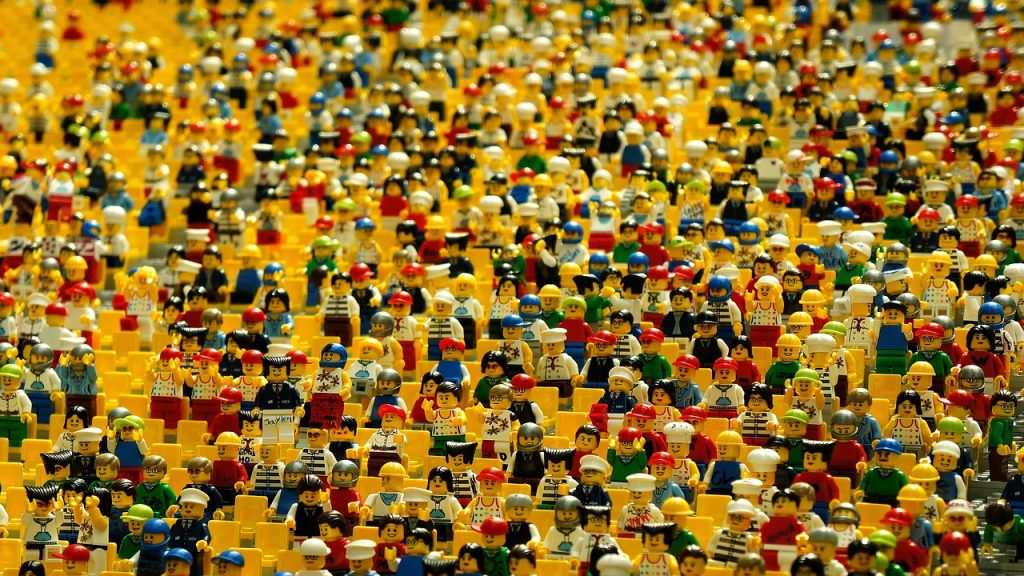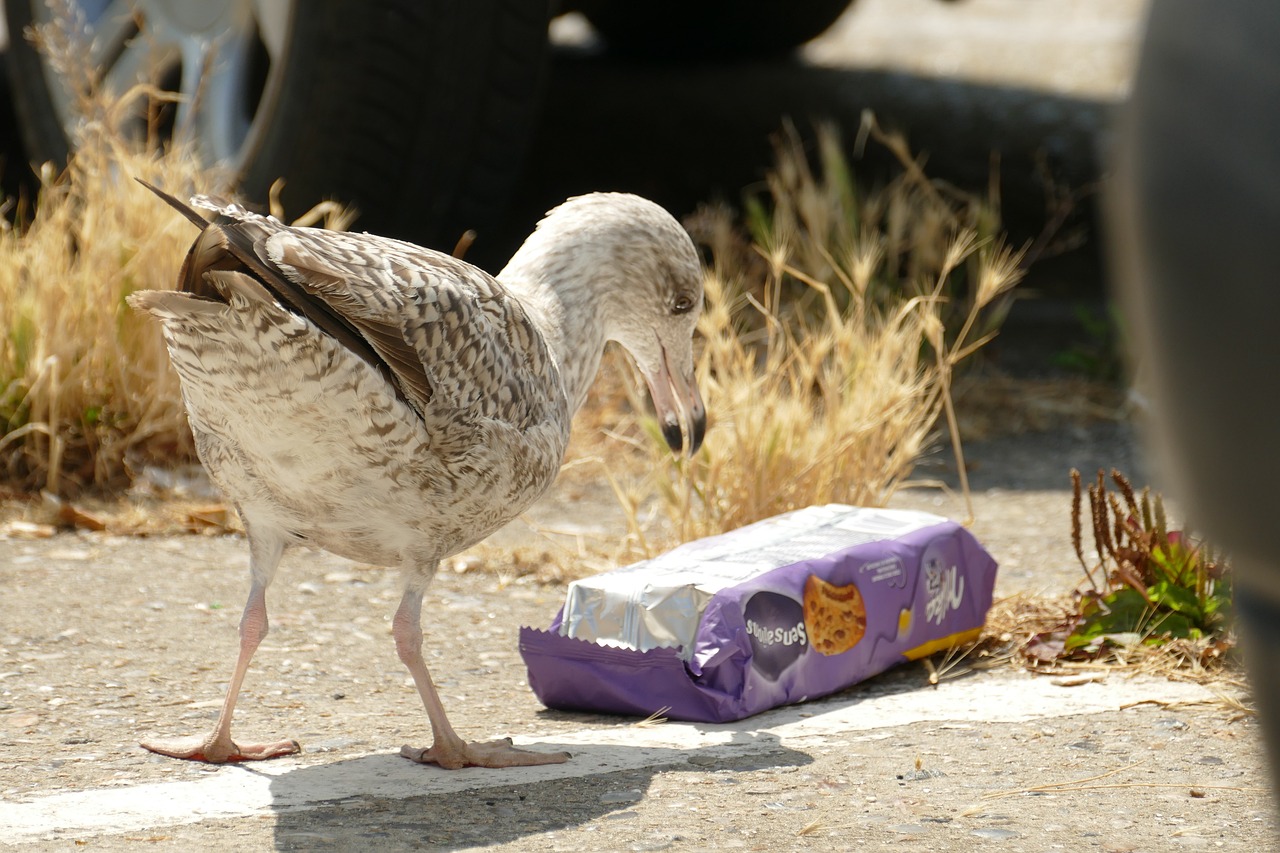Nurdles, also known as mermaid tears, are small plastic pellets that are used as raw materials in the production of plastic products. Despite their small size, nurdles have a devastating impact on our oceans and marine life. In this article, we will explore the issue of nurdles and their impact on our environment, what is being done to address the problem, and what you can do to help.
Table of Contents
ToggleWhat are Nurdles and How Do They End Up in Our Oceans?
Nurdles are small, smooth plastic pellets that are approximately the size of a lentil. They are used as a raw material in the manufacture of a wide range of plastic products, including water bottles, toys, and packaging materials. During the production process, nurdles can spill and end up in the oceans, where they can cause significant harm to marine life and the environment.

The Devastating Impact of Nurdles on Our Oceans
Nurdles pose a serious threat to our oceans and marine life. The small size of nurdles makes them easily ingested by marine animals, leading to harm or even death. Nurdles can also absorb toxins from the surrounding water, making them even more dangerous to marine life that ingests them. In addition, nurdles can break down into smaller particles, creating microplastics that are easily ingested by smaller marine creatures, leading to a domino effect of harm to the entire food chain.
What is Being Done to Address the Problem of Nurdles in Our Oceans?
Governments, non-profit organizations, and the private sector are all taking steps to address the problem of nurdles in our oceans. Some initiatives include:
- Implementing regulations to reduce the number of nurdles released into the environment during the production process.
- Clean-up efforts to remove nurdles from beaches and oceans.
- Raising awareness about the issue of nurdles and the need for action.
What Can You Do to Help Address the Problem of Nurdles in Our Oceans?
There are several things that individuals can do to help address the problem of nurdles in our oceans:
- Reduce your use of single-use plastic products and packaging.
- Properly dispose of plastic waste to reduce the likelihood of it ending up in the oceans.
- Support organizations that are working to address the issue of nurdles and ocean pollution.
- Spread the word about the issue of nurdles and the need for action.
Conclusion
Nurdles, also known as microplastics, are tiny plastic pellets that are widely used in the production of consumer goods. They are easily dispersed in the environment and have become a major contributor to plastic pollution in the ocean. Despite their small size, nurdles pose a significant threat to marine life, as they can be ingested by animals and harm their health. It is crucial that we take action to reduce the use of nurdles and properly manage their disposal to prevent further harm to the ocean and its inhabitants.
FAQs
- How big are nurdles? Nurdles are small, smooth plastic pellets that are approximately the size of a lentil.
- What are nurdles used for? Nurdles are used as a raw material in the manufacture of a wide range of plastic products, including water bottles, toys, and packaging materials.
- How do nurdles end up in our oceans? Nurdles can spill during the production process and end up in the oceans.
- What is the impact of nurdles on marine life? Nurdles can be easily ingested by marine animals, leading to harm or even death. They can also absorb toxins from the surrounding water, making them even more dangerous to marine life that ingests them.
- What can individuals do to help address the problem of nurdles in our oceans? Individuals can reduce their use of single-use plastic products and packaging, properly dispose of plastic waste, support organizations working to address the micro- and nano-plastics pollution.








3 thoughts on “Understanding Nurdles: The Tiny Plastic Pellets Polluting Our Oceans”
Pingback: The Impact of Plastic Pollution on Marine Life - Sustainability Awakening
Pingback: Plastic Pollution and its Effects on Wildlife
Pingback: World Ocean Day 2023: One Ocean, One Climate, One Future - Together - Sustainability Awakening